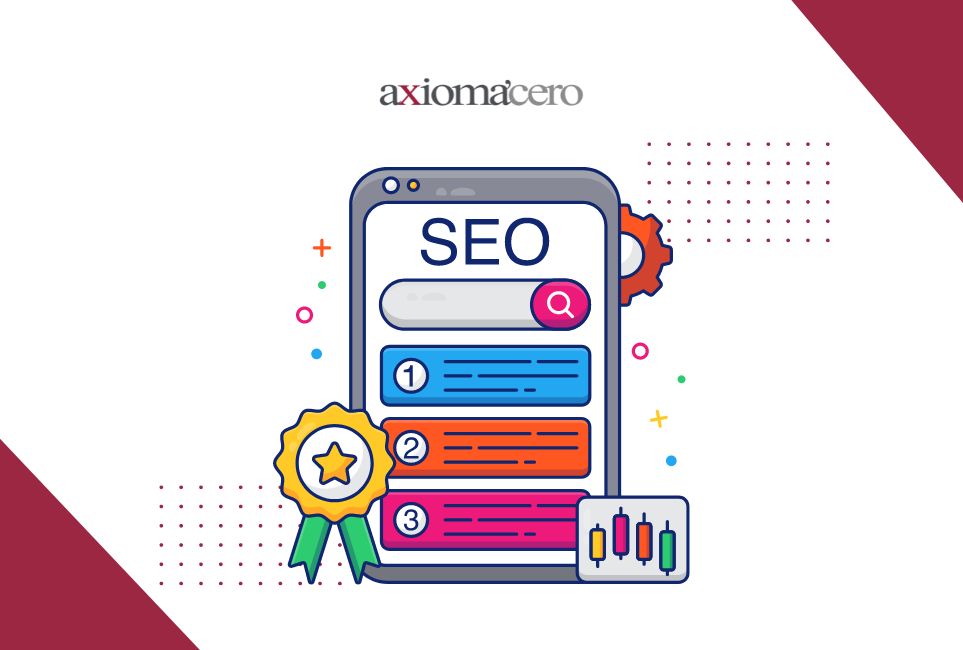What is SEO Architecture for a Landing Page?

UNDERSTANDING AND APPLYING EFFECTIVE SEO ARCHITECTURE FOR A LANDING PAGE IS CRUCIAL TO IMPROVE VISIBILITY AND ATTRACT QUALIFIED TRAFFIC.
SEO architecture determines how search engines interpret and rank your page and how users interact with it. In this article, we’ll guide you through the essential elements of an optimized SEO architecture for a landing page, integrating practical tips and digital marketing strategies to maximize your success.
Importance of SEO Architecture for a Landing Page
What is SEO Architecture?
SEO architecture refers to the structure and organization of a web page to improve its visibility in search engines. A well-designed architecture makes it easier for search engines to crawl, index, and understand the content of the page, leading to better rankings and more organic traffic.
Relevance of a Landing Page in Digital Marketing
Landing pages are fundamental tools in digital marketing campaigns. Specifically designed to convert visitors into leads or customers, these pages must be optimized not only to attract traffic but also to retain user attention and motivate them to take a specific action.
Key Elements of SEO Architecture for a Landing Page
- URL Structure
- URLs should be clear, concise, and contain the main keyword. A good URL structure is friendly for both search engines and users.
- Example: www.yoursite.com/seo-for-landing-page
- Titles and Meta Descriptions
- Titles and meta descriptions are crucial for capturing user attention and helping search engines understand the page content.
- Title (H1): Should contain the main keyword and be attractive.
- Meta Description: A brief, persuasive summary including the keyword.
- Headings (H1, H2, H3, H4)
- Headings should logically and hierarchically structure the content. Use H1 for the main title, H2 for major sections, H3 for subsections, and H4 for specific details.
- Optimized Content
- Content should be relevant, original, and optimized with keywords. Include variations of the main keyword and related terms.
- Images and ALT Tags
- Images should be high-quality and web-optimized. Use descriptive ALT tags that include keywords to enhance accessibility and SEO.
- Internal and External Links
- Internal Links: Connect different parts of your website, improving navigation and user experience.
- External Links: To authoritative sites can increase your page’s credibility.
Advanced SEO Strategies for a Landing Page
Mobile Optimization
With the rise in mobile device usage, ensuring your landing page is mobile-optimized is essential. A responsive page enhances user experience and is a crucial ranking factor for Google.
Page Speed
Page load speed directly impacts user experience and search engine rankings. Use tools like Google PageSpeed Insights to identify and fix performance issues.
Social Media Integration
Social media can drive significant traffic to your landing page. Make sure your content is easily shareable and that your page includes visible social media buttons.
Analytics Tools
Tools like Google Analytics and Search Console are essential for monitoring your landing page’s performance. Analyze key metrics such as traffic, conversion rates, and user behavior to adjust and improve your strategy.
Practical Tips for Integrating SEO with Digital Marketing
- Keyword Research
- Conduct thorough keyword research to identify relevant, high-volume search terms. Use tools like SEMrush or Ahrefs to uncover opportunities and trends in your niche.
- Creating Valuable Content
- Quality content is crucial for attracting and retaining users. Write articles, guides, and blogs that address your audience’s questions and needs.
- Continuous Optimization
- SEO is an ongoing process. Perform regular site audits to identify areas for improvement and keep your content updated and relevant.
- Link Building
- Build quality links to your landing page from relevant, authoritative sites. Inbound links can significantly improve your search rankings.
- Use of Rich Snippets
- Rich snippets can enhance your landing page’s visibility in search results by providing additional information, such as reviews, prices, and product availability.
Frequently Asked Questions
- How can I improve my landing page’s load speed?
- To improve load speed, optimize images, use quality hosting, and minimize unnecessary scripts and plugins. Tools like Google PageSpeed Insights can provide specific recommendations.
- Is it necessary to include external links on my landing page?
- Yes, external links to authoritative sites can enhance your page’s credibility and relevance for search engines. Ensure the links are relevant and high-quality.
- What is the best way to conduct keyword research?
- Use SEO tools like Google Keyword Planner, SEMrush, or Ahrefs to identify relevant keywords. Analyze competitors and search trends to find the best opportunities.
Optimizing the SEO architecture for a landing page improves its visibility and performance in search engines. By following the strategies and tips mentioned, you can create an effective landing page that not only attracts traffic but also converts visitors into customers.
Don’t miss the opportunity to enhance your SEO strategy! Visit us at https://www.axiomacero.com for more resources and useful guides. Follow us on social media to stay updated with the latest trends and tips.